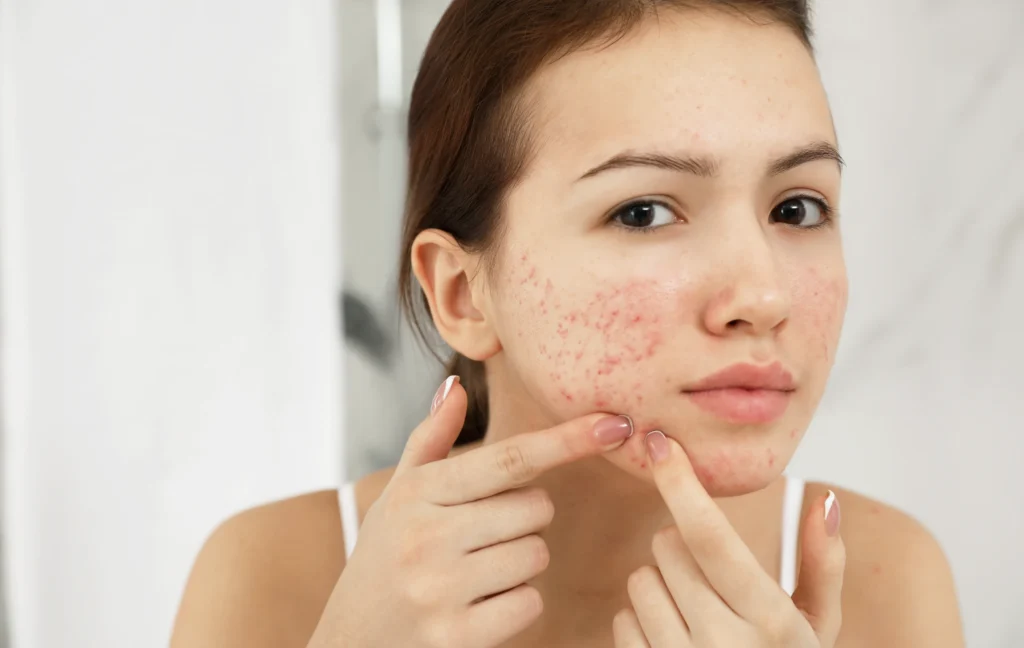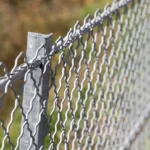Everyone has that one photo they wish they could retake, perfect lighting, perfect smile, and then… the scars. Acne scars are stubborn little reminders of past breakouts, and no amount of good lighting can completely hide them. While makeup can help for a day, the goal for most people is clear, even skin that doesn’t need to be covered up. That’s where clinic-backed treatments come in. Instead of endless trial and error with creams that promise miracles, professional care focuses on science, not marketing hype.
Ready for Skin That Feels Brand New?
Before you can fix a problem, you need to understand how it started. Acne scars form when breakouts penetrate deeply into the skin, damaging tissue beneath the surface. As your body heals, it produces collagen to repair that damage, but sometimes it produces too much or too little. Too little collagen causes depressed scars (like ice-pick or boxcar scars), while too much collagen leads to raised ones.
And just to make things more interesting, every scar type responds differently to treatments. That’s why proper diagnosis matters. A professional skin assessment helps determine whether you’re dealing with textural scars, discoloration, or both, setting the stage for a customized treatment plan that actually works.
Ready for Skin That Feels Brand New?
When it comes to resurfacing scarred skin, exfoliation is the opening act. The process removes dead skin cells and stimulates new cell turnover. Done professionally, exfoliation doesn’t just smooth the surface, it encourages the growth of new, healthy tissue underneath. Treatments like chemical peels, for example, use gentle acids to dissolve damaged layers and reveal fresher skin below.
Over time, this consistent renewal helps even out tone and minimize scar depth. Think of it like sanding and polishing a rough wooden surface, the goal isn’t to erase what’s there overnight but to gradually restore smoothness and clarity through precision care.
Microneedling: Small Needles, Big Impact
Microneedling has become a favorite among skin specialists for one simple reason, it works. The procedure creates controlled micro-injuries on the skin’s surface, which may sound a bit intimidating but is surprisingly gentle. These microchannels prompt your body to ramp up collagen production, repairing the skin from the inside out.
As the weeks pass, you’ll start noticing smoother texture and reduced visibility of scars. The beauty of microneedling lies in its versatility, it treats not just acne scars but also fine lines, enlarged pores, and uneven tone. Combined with serums or growth factors, it accelerates healing and amplifies results, helping you graduallyimprove skin tone and texture in a way that feels both natural and lasting.
Laser and Light Therapies: Precision Meets Power
For scars that are more resistant to surface-level treatments, laser and light therapies can work wonders. These technologies use targeted energy to resurface the skin, stimulate collagen, and fade pigmentation left behind by past breakouts. Fractional lasers, for instance, treat only tiny columns of skin at a time, allowing faster recovery while still achieving visible results.
Meanwhile, LED and IPL treatments use specific light wavelengths to reduce redness and inflammation, ideal for those dealing with both active acne and scarring. When done by trained professionals, these procedures create dramatic improvements without aggressive downtime. The secret lies in balance: enough intensity to trigger change but gentle enough to keep your skin calm and safe.
Hydration and Healing: The Unsung Heroes of Recovery
There’s one thing people often forget when treating scars: healing skin needs moisture. Over-drying or harsh scrubbing can sabotage progress, leaving your skin sensitive and prone to more irritation. Hydrating facials, serums rich in hyaluronic acid, and barrier-repairing products play a crucial role in post-treatment care.
Think of hydration as the silent support system, while treatments work to remodel skin from below, moisture ensures everything heals evenly and comfortably. Keeping your skin barrier strong means less inflammation, faster recovery, and a smoother finish over time. It’s the kind of self-care your skin quietly thanks you for every morning in the mirror.
A Holistic Approach: Lifestyle and Maintenance
Even the best clinical treatments can only go so far if your daily habits work against them. Stress, lack of sleep, and poor diet can all delay healing. Skin loves consistency, both in routine and lifestyle. Following your specialist’s post-treatment plan, wearing sunscreen daily, and keeping your skincare simple yet effective are non-negotiables.
Avoid picking or squeezing blemishes, yes, it’s tempting, but it’s also the number one cause of new scars. Gentle cleansing, using non-comedogenic moisturizers, and giving your skin time to rest between treatments can make all the difference. The goal is to build a routine that supports your skin’s natural rhythm rather than fighting it.
Ready for Skin That Feels Brand New?
Fading acne scars isn’t about chasing perfection, it’s about progress. Each treatment, from exfoliation to microneedling and laser therapy, plays a role in helping your skin recover its balance and smoothness. With professional guidance and consistent care, scars become softer, discoloration fades, and confidence naturally returns.
What once felt like a permanent mark slowly becomes just another chapter in your skin’s story, one that ends with clarity, radiance, and renewal.






